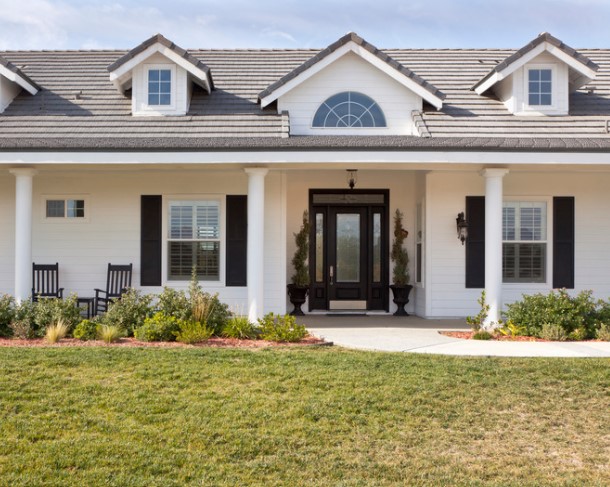
Building a new home is so exciting. From selecting the perfect floor plan to watching your dream home gradually take shape, every step of the construction process is filled with anticipation and excitement. However, amidst this joyous journey, there’s a lesser-discussed aspect that homeowners often encounter: the challenges of growing and nurturing a healthy lawn after construction.
5 reasons lawns on new building lots struggle to grow:
- Compacted Soil: During the construction process, heavy machinery and equipment may compact the soil, making it difficult for grass roots to penetrate and access nutrients and water.
- Poor Soil Quality: Construction activities can disrupt the natural soil composition and structure, leading to poor soil quality lacking essential nutrients and organic matter necessary for healthy grass growth.
- Construction Debris: Construction debris such as rocks, rubble, and leftover materials can remain in the soil, hindering grass seed germination and root development.
- Grading Issues: Improper grading or drainage on new lots may result in water pooling or runoff, which can drown or wash away grass seeds and seedlings.
- Lack of Topsoil: Builders may remove or disturb the top layer of fertile topsoil during construction, leaving behind subpar soil conditions for grass establishment.
6 steps to help your new Maryland or Northern Virginia lawn thrive:
- Soil Testing: Conduct a soil test to assess nutrient levels and pH balance. Based on the results, amend the soil with organic matter, such as compost, and appropriate fertilizers to improve soil fertility and structure.
- Aerate the Soil: Use an aerator to alleviate soil compaction and promote better air and water penetration into the root zone.
- Overseed with Quality Grass Seed: Choose grass seed varieties that are well-suited to the Maryland or Northern Virginia’s climate and soil conditions. Overseed bare or thin areas with high-quality grass seed to fill in gaps and promote a dense, healthy lawn.
- Proper Irrigation: Ensure adequate watering to support grass establishment and growth, especially during the establishment period.
- Regular Maintenance: Implement a regular lawn care routine, including mowing, fertilizing, and weed control, to keep the lawn healthy and vibrant.
- Professional Assistance: Consider consulting with a local lawn care company that will create a tailored treatment plan, specific to your lawns needs.
From soil compaction to debris accumulation, new construction can create unfavorable conditions for maintaining a healthy lawn, however, by adopting proper lawn care practices post-construction, you can overcome these obstacles and cultivate a lush and healthy lawn that enhances the curb appeal of your new home.
